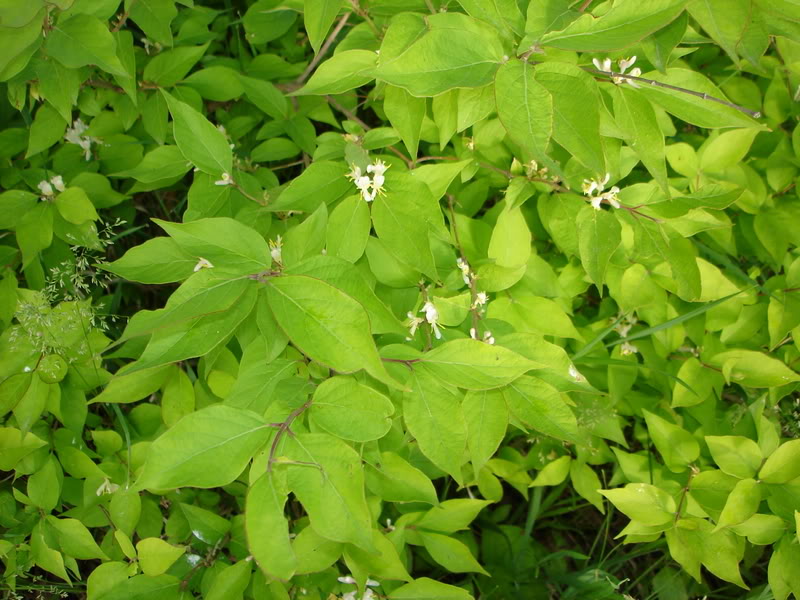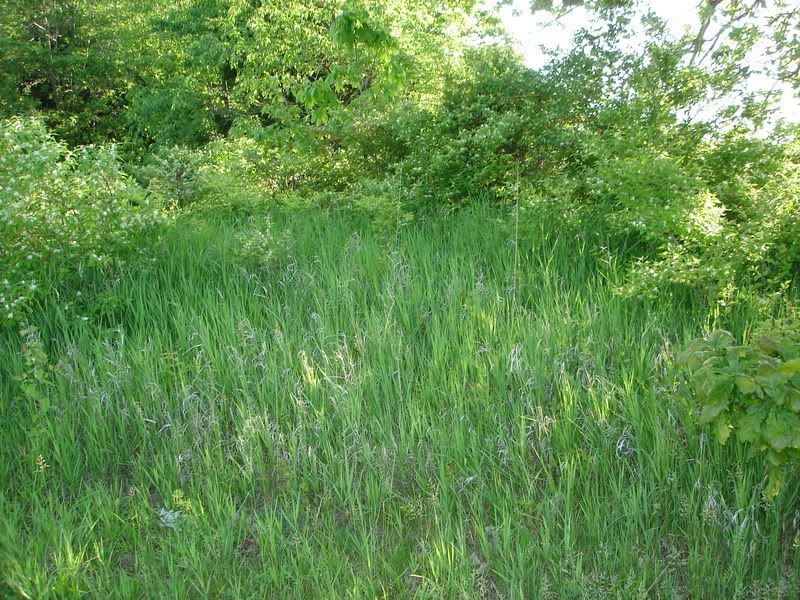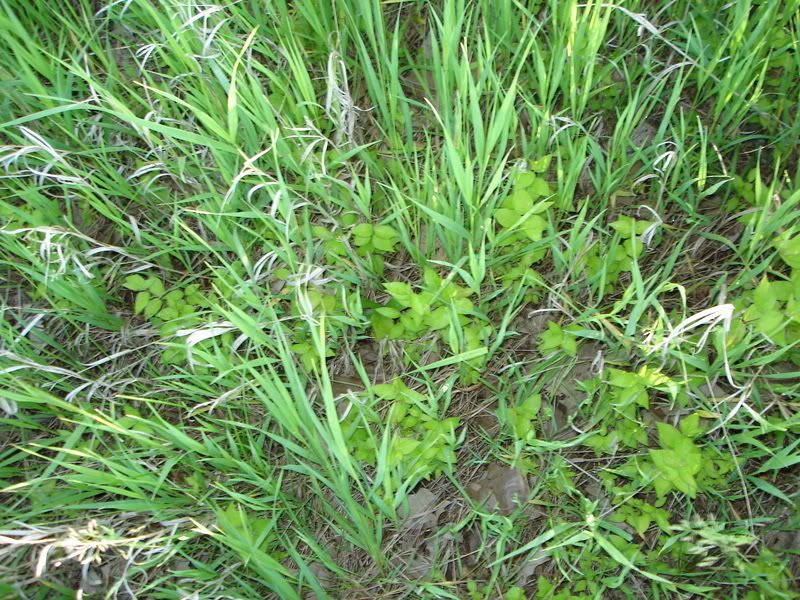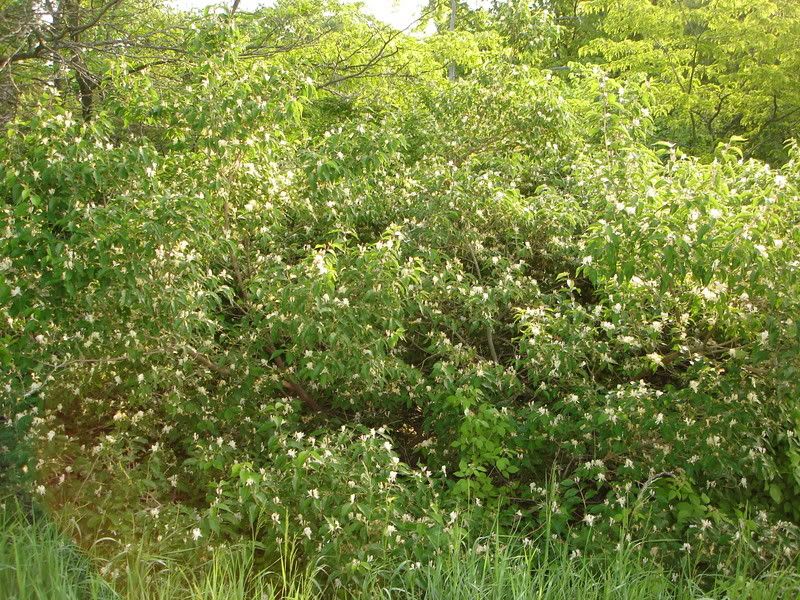150 Class
Well-Known Member
I really like playing with habitat improvement, mostly for the wildlife and mostly for the deer. I plan to do some battle with some invasive species, especially at one of the properties that I hunt and have permission to lead this battle. But, I do have some questions. Are these invasives really that bad or not? I have my opinions on all of them but think purist attitudes might play into the push to eradicate some of these non-natives. Do I eradicate or leave them as is?
• Mutiflora Rose – Hard to control and get rid of. Deer and other wildlife really seem to like it. Others on here have said how good it is to have around.
• Honeysuckles – Prolific but again, provides good forest understory cover. Competes with native plants but the wildlife seems to like the cover that it provides. Is it a good browsing food source? Does it prevent other better plants and trees from getting established.
• Black Locust – Another fast spreader. This one seems to do little good for the habitat and might not even be an invasive but I am going to win the battle against this one and plant better tree plantings to fill the spots where it has taken over. What is the best way to win the battle against these trees?
I know there are many others but these are what I am going after at one place this year. Do I battle them or leave alone? Are they battles that can be won?
• Mutiflora Rose – Hard to control and get rid of. Deer and other wildlife really seem to like it. Others on here have said how good it is to have around.
• Honeysuckles – Prolific but again, provides good forest understory cover. Competes with native plants but the wildlife seems to like the cover that it provides. Is it a good browsing food source? Does it prevent other better plants and trees from getting established.
• Black Locust – Another fast spreader. This one seems to do little good for the habitat and might not even be an invasive but I am going to win the battle against this one and plant better tree plantings to fill the spots where it has taken over. What is the best way to win the battle against these trees?
I know there are many others but these are what I am going after at one place this year. Do I battle them or leave alone? Are they battles that can be won?








